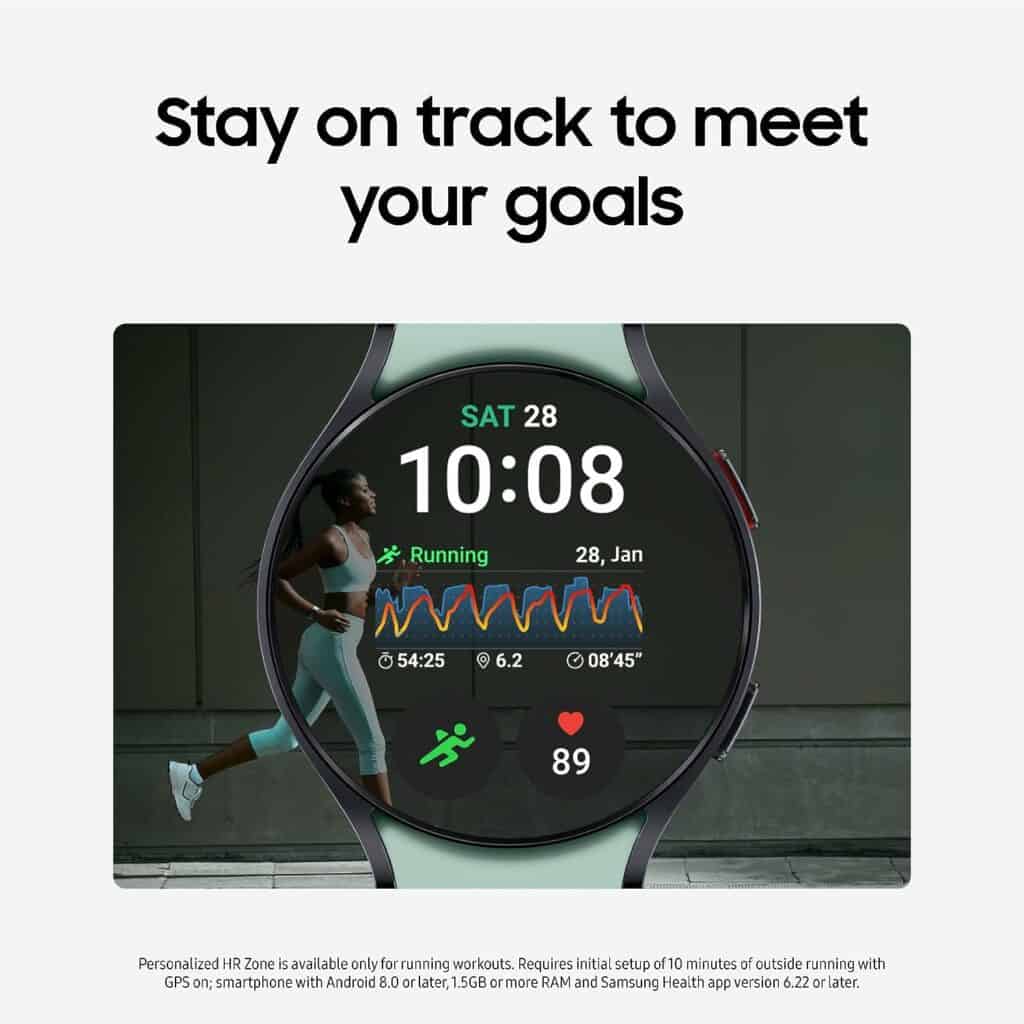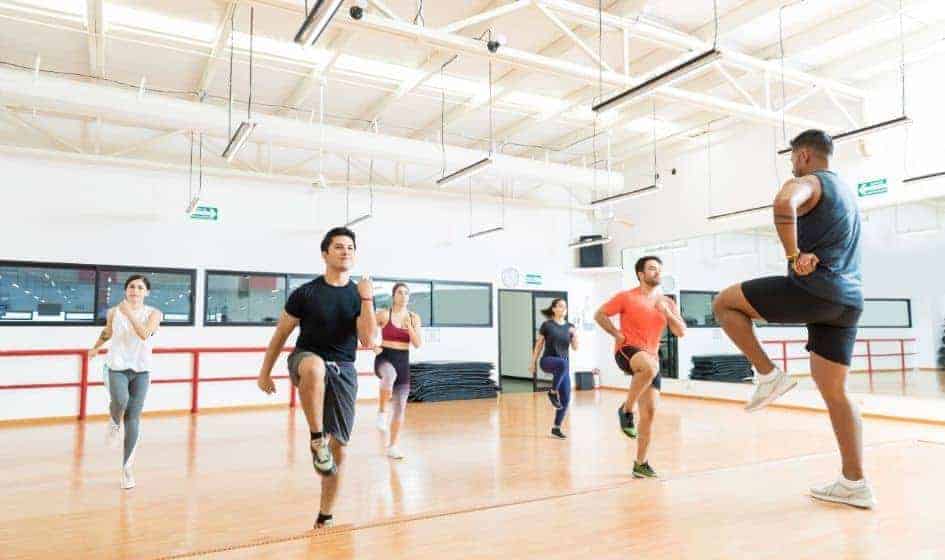Picture this: It’s 5 PM on a Tuesday. Your kids are glued to screens, you’re exhausted from work, and the thought of “family exercise” feels about as appealing as a root canal. Sound familiar? Here’s the plot twist—I discovered that 80% of children don’t meet daily activity guidelines, yet families who move together are 3x more likely to maintain healthy lifestyles. But here’s what really got me: we’re not failing at family fitness because we’re lazy. We’re failing because we’re doing it completely wrong.
Let me be brutally honest: Most family fitness advice is garbage. It’s written by childless fitness influencers or parents who apparently have unlimited energy and perfectly cooperative children. This guide? It’s different. It’s real. It’s tested by actual parents (including me) who’ve transformed chaotic households into active, happy families—without losing their minds.
Key Takeaways
- The 10-Minute Miracle: Forget the 60-minute recommendation. Start with 10 minutes of fun movement. Seriously. That’s it. Build from there.
- Your Kids Already Know How: Stop teaching exercise. Kids naturally move perfectly—we’re the ones who forgot how to play.
- Screen Time Isn’t the Enemy: Use it strategically. Active video games can be gateways to real-world movement (controversial, but true).
- Perfect is Poison: Your messiest, most imperfect family dance party beats any “perfect” workout that never happens.
- Age Doesn’t Matter (Much): A 3-year-old and 13-year-old can exercise together. You just need the right approach.
- You’ll Fail. That’s Good: Every family fitness journey includes spectacular failures. They’re not setbacks—they’re data.
The Hidden Truth About Exercising with Kids (What Nobody Tells You)

The Biggest Lie in Family Fitness
Here’s what drives me crazy: Every article about exercising with kids shows smiling families in matching outfits doing synchronized jumping jacks. That’s not reality. That’s Instagram fantasy.
Real family fitness looks like:
- Your toddler having a meltdown mid-workout
- Your teen rolling their eyes at your “cringe” dance moves
- You stepping on LEGOs during living room yoga
- Everyone arguing about which activity to do
- Workouts interrupted by snack requests, bathroom breaks, and sibling warfare
And guess what? That’s perfectly fine.
The Paradigm Shift That Changes Everything
After years of failed attempts at “proper” family exercise, I had an epiphany: We don’t need to exercise WITH our kids. We need to PLAY LIKE our kids.
Think about it:
- Kids don’t “work out”—they climb trees
- They don’t do cardio—they play tag
- They don’t strength train—they wrestle and roughhouse
- They don’t stretch—they do cartwheels and silly walks
When I stopped trying to impose adult fitness concepts on my kids and started joining their natural movement patterns, everything changed. Suddenly, exercise wasn’t a battle—it was playtime where everyone happened to get sweaty.
The Science Nobody Mentions
Here’s fascinating research most articles skip: Children’s bodies are designed for interval training. They naturally sprint, rest, sprint, rest. Sound familiar? That’s basically HIIT training—the same method adults pay hundreds for at boutique fitness studios.
Translation: Your kids are already fitness geniuses. You just need to follow their lead.
My Controversial Opinion on Equipment
Hot take: The fitness industry wants you to believe you need special “kid-friendly” equipment. Bull. The best family fitness equipment already exists in your home:
- Couch cushions = obstacle course materials
- Laundry baskets = weight training
- Stairs = cardio machine
- Backyard = unlimited gym space
- Your body = the ultimate playground
I’ve seen families spend thousands on home gyms that collect dust while their kids build incredible fitness playing with cardboard boxes. Save your money. Invest your time instead.
The Complete Exercising with Kids Framework (That Actually Works in Real Life)
The F.A.M.I.L.Y. System I Swear By
After testing dozens of approaches, here’s what actually works:
F – Flexible Structure
Create loose routines, not rigid schedules. “After dinner, we move” works better than “6:15 PM is exercise time.”
A – Age-Appropriate Chaos
- Toddlers (2-4): Embrace the chaos. Animal walks, dance parties, bubble chasing
- Young kids (5-8): Add simple rules. Red light/green light, obstacle courses, treasure hunts
- Tweens (9-12): Include challenges. Timed courses, personal records, skill building
- Teens (13+): Give them ownership. Let them choose activities, create workouts, lead sessions
M – Make it Meaningful
Connect movement to what matters to your kids:
- Superhero training for the Marvel-obsessed
- Dance battles for the TikTok generation
- Nature exploration for the outdoor lovers
- Sports skills for the competitive ones
I – Ignore Perfection
This is crucial. The moment you pursue perfection, you’ve lost. Embrace the beautiful mess.
L – Laugh More Than You Sweat
If everyone’s not laughing at least once, you’re doing it wrong. Fitness should create joy, not dread.
Y – Your Way is the Right Way
Stop comparing to other families. Your weird, unique approach is exactly what your family needs.
The Daily Reality Check
Here’s my actual weekly schedule (warts and all):
Monday: “Movement Monday” – Usually becomes “Meltdown Monday” but we try 10 minutes of yoga
Tuesday: Walk to school (if we’re not running late, which is 50/50)
Wednesday: Kitchen dance party while cooking dinner (burns calories AND gets dinner made)
Thursday: “Throw Things Thursday” – Ball games, frisbee, or just throwing socks at each other
Friday: “Free Choice Friday” – Kids pick the activity (prepare for anything)
Weekend: One longer adventure (hiking, swimming, or sometimes just extra long playground time)
Success rate? About 60%. And that’s perfectly fine.
The Game-Changers Nobody Talks About
Morning Momentum: 5 minutes of movement before school changes the entire day. We do “wake-up wiggles”—basically controlled chaos to music.
Transition Tricks: Use movement to transition between activities. Crab walk to dinner, hop to bath time, bear crawl to bed.
Stealth Fitness: Hide exercise in daily tasks. Race to clean rooms, dance while brushing teeth, balance challenges while waiting.
Weather Warriors: Bad weather = indoor adventure. We’ve done hallway bowling, sock skating, and pillow fort Olympics.
Tech Integration: Yes, I said it. Fitness apps and active video games can be gateways to movement. Pokemon Go got my kids walking more than any lecture about exercise ever did.
Advanced Strategies That Actually Work (Tested on Real Kids)

The “Sneaky Fitness” Approach
My kids hate “exercise” but love:
- Ninja training (obstacle courses)
- Superhero academy (strength challenges)
- Dance battles (cardio disguised as fun)
- Adventure quests (hiking with a purpose)
- Sports practice (skill development)
See the pattern? Remove the word “exercise” from your vocabulary.
The Motivation Multiplication Method
Here’s what actually motivates kids (spoiler: it’s not health benefits):
- Competition (with themselves): Track personal records, not comparisons
- Creativity: Let them invent new games and movements
- Choice: Offer options, not orders
- Social connection: Include friends when possible
- Immediate rewards: Fun, laughter, and attention (not treats)
The Energy Management Matrix
Match activities to energy levels:
- High energy: Dance parties, tag games, jumping challenges
- Medium energy: Bike rides, nature walks, playground time
- Low energy: Yoga stories, stretching games, balance challenges
Pro tip: Start where they are, not where you think they should be.
The Seasonal Strategy That Saves Sanity
Spring:
- Puddle jumping (yes, really)
- Garden gymnastics
- Bug hunt hikes
- Sidewalk chalk fitness courses
Summer:
- Water balloon workouts
- Sprinkler runs
- Beach/pool everything
- Evening glow stick dance parties
Fall:
- Leaf pile plyometrics
- Apple picking adventures
- Football throwing tutorials
- Harvest festival training
Winter:
- Indoor obstacle courses
- Mall walking adventures
- Snow sculpture contests
- Living room camping with active challenges
My “Failure Recovery” Protocol
When family fitness falls apart (and it will), here’s my recovery system:
- Acknowledge without guilt: “That didn’t work. What should we try instead?”
- Shrink the goal: Can’t do 30 minutes? Try 5.
- Change the game: If one activity fails, pivot immediately
- Celebrate effort: High-fives for trying matter more than completing
- Try again tomorrow: Every day is a fresh start
Common Mistakes & How to Avoid Them (Learn from My Failures)
Mistake #1: The “Mini-Me” Trap
The Problem: Expecting kids to be miniature adults who love your workouts
The Reality: Kids aren’t small adults. Their bodies, brains, and motivations are completely different.
The Fix: Join their world instead of dragging them into yours. Do kid workouts, not adult workouts with kid modifications.
Mistake #2: The Comparison Game
The Problem: Seeing other families’ highlight reels and feeling inadequate
The Reality: That family posting perfect workout videos? They also have chaos—they just don’t film it.
The Fix: Compare only to your past self. Are you moving more than last month? Win.
Mistake #3: The All-or-Nothing Mindset
The Problem: Thinking you need hour-long sessions to “count”
The Reality: Three 10-minute play sessions often beat one forced 30-minute workout
The Fix: Embrace micro-movements. Every jumping jack counts.
Mistake #4: The Bribery Trap
The Problem: “If you exercise, you can have screen time/treats/toys”
The Reality: This creates negative associations with movement
The Fix: Make movement the reward. “After we finish homework, we GET to have a dance party!”
Mistake #5: The Weather Excuse
The Problem: Canceling movement for anything less than perfect conditions
The Reality: Kids love “bad” weather—it’s adults who complain
The Fix: Embrace all weather. Rain = puddle jumping. Snow = snow angels. Hot = water games.
Mistake #6: The Perfection Paralysis
The Problem: Waiting for the “right” time, energy, or mood
The Reality: Perfect conditions never come
The Fix: Lower the bar so far you can trip over it. Can everyone do one jumping jack? Start there.
Mistake #7: The Lecture Method
The Problem: Explaining why exercise is important
The Reality: Kids don’t care about future health benefits
The Fix: Show, don’t tell. Make it so fun they don’t realize they’re exercising.
Mistake #8: The Equipment Obsession
The Problem: Thinking you need special gear to start
The Reality: Your body + imagination = unlimited possibilities
The Fix: Start with nothing. Add equipment only when you’ve maxed out bodyweight fun.
Mistake #9: The Routine Rut
The Problem: Doing the same activities until everyone’s bored
The Reality: Kids need variety more than adults
The Fix: Rotate activities weekly. Let kids take turns being “fitness coach.”
Future-Proofing Your Family Fitness Strategy

The landscape of family fitness continues to evolve. Stay ahead with these emerging trends and long-term strategies:
Technology Integration: Virtual reality fitness games and interactive home equipment are making exercise more engaging. While embracing innovation, maintain balance with outdoor activities and screen-free movement time.
Mental Health Focus: The connection between physical activity and mental wellness is becoming clearer. Incorporate mindfulness into movement, teaching kids that exercise benefits both body and mind. Stress-reducing activities like family yoga or nature walks serve double duty.
Personalization Evolution: As kids grow, their fitness needs change. Build flexibility into your approach, allowing for individual interests while maintaining family activities. A teen might join parents for morning runs while younger siblings bike alongside.
Community Building: The future of family fitness is communal. Join or create local groups that combine social connection with physical activity. This builds accountability and expands your children’s view of fitness as a lifestyle, not a chore.
Sustainable Practices: Focus on activities that can grow with your family. Walking, hiking, swimming, and cycling are lifelong activities that adapt to all fitness levels and ages.
Education Integration: Schools increasingly recognize the academic benefits of physical activity. Support these initiatives while reinforcing movement at home. The future sees exercise not as separate from learning but integral to it.
Conclusion: Your Family’s Fitness Transformation Starts Now
Exercising with kids isn’t just about physical health—it’s about creating a family culture that values wellness, connection, and joy in movement. By implementing the strategies in this guide, you’re not just improving fitness levels; you’re building memories, teaching life skills, and establishing patterns that will benefit your family for generations.
Remember, perfection isn’t the goal—progress is. Start where you are, use what you have, and do what you can. Whether it’s a five-minute dance party or a weekend hiking adventure, every moment of movement matters. The key is consistency, creativity, and celebrating the journey together.
Your next steps are simple: Choose one activity from this guide and do it today. Not tomorrow, not next week—today. Notice how your kids light up when you join their play. Feel the connection strengthen as you move together. This is the beginning of your family’s fitness transformation.
The path forward is clear: make movement a non-negotiable part of family life, just like meals and bedtime. When exercise becomes woven into the fabric of your family routine, it stops being something you have to do and becomes something you get to do together.
Ready to revolutionize your family’s health? Your kids are waiting for you to join their world of movement and play. The only question is: What adventure will you choose first?
References & Resources

Centers for Disease Control and Prevention. (2023). “Physical Activity Guidelines for Children and Adolescents.” CDC.gov. https://www.cdc.gov/physicalactivity/basics/children/index.htm
American Academy of Pediatrics. (2024). “The Power of Play: A Pediatric Role in Enhancing Development in Young Children.” Pediatrics Journal. https://pediatrics.aappublications.org/content/142/3/e20182058
World Health Organization. (2023). “Physical Activity and Young People.” WHO Global Recommendations. https://www.who.int/dietphysicalactivity/factsheet_young_people/en/
National Association for Sport and Physical Education. (2024). “Active Start: Physical Activity Guidelines for Children Birth to Five Years.” SHAPE America. https://www.shapeamerica.org/standards/guidelines/activestart.aspx
Harvard T.H. Chan School of Public Health. (2023). “The Benefits of Physical Activity for Children.” Harvard Health Publishing. https://www.hsph.harvard.edu/nutritionsource/kids-healthy-movement/
American Heart Association. (2024). “Recommendations for Physical Activity in Children.” AHA Scientific Statement. https://www.heart.org/en/healthy-living/fitness/fitness-basics/aha-recs-for-physical-activity-in-children
Journal of School Health. (2023). “The Association Between School-Based Physical Activity and Academic Performance.” Volume 93, Issue 4. [https://onlinelibrary.wiley.com/journal/17461561]
As a veteran fitness technology innovator and the founder of GearUpToFit.com, Alex Papaioannou stands at the intersection of health science and artificial intelligence. With over a decade of specialized experience in digital wellness solutions, he’s transforming how people approach their fitness journey through data-driven methodologies.
